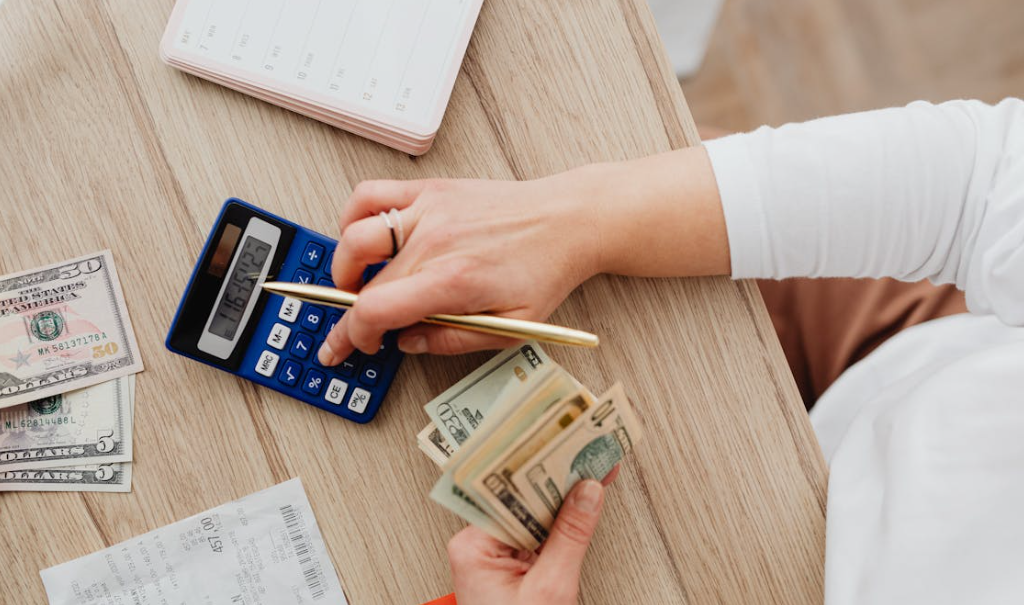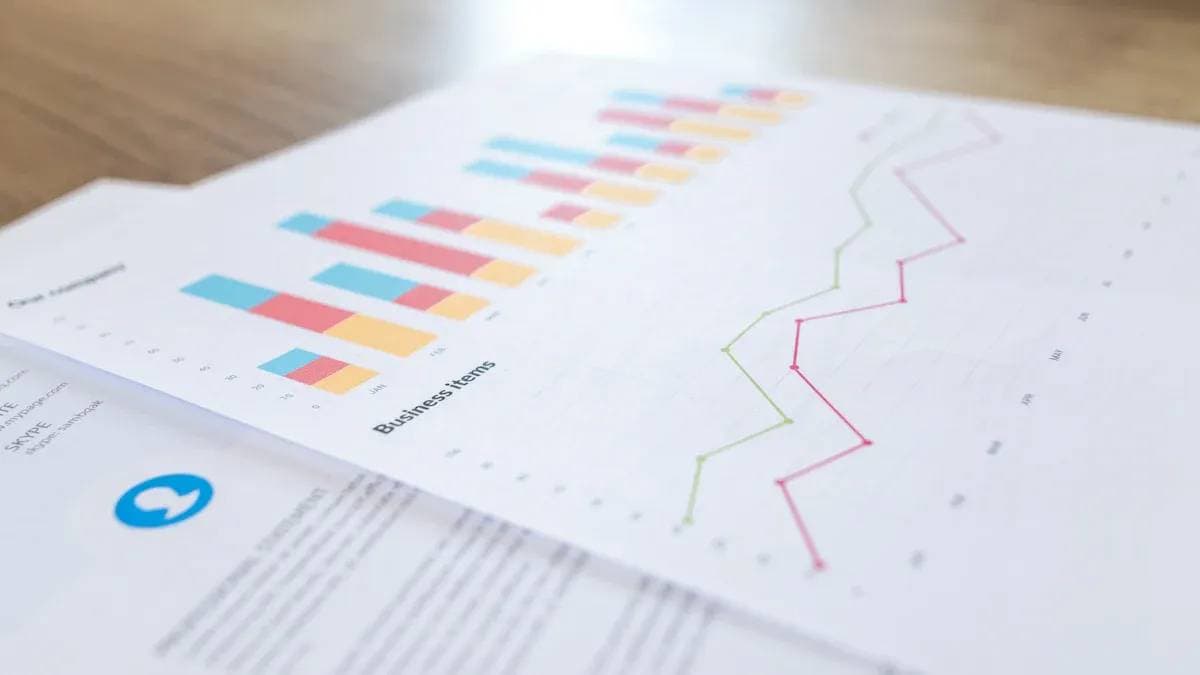- EasyCard
- Trade
- Help
- Announcement
- Academy
- SWIFT Code
- Iban Number
- Referral
- Customer Service
- Blog
- Creator
Get It All Clear! Practical Operations of Adding Visa Card on Cash App, Special Payment Methods and In - depth Exploration of Hidden Fees
Using a Visa card on Cash App for payments, transfers, and withdrawals is both convenient and secure. Users can easily bind a prepaid Visa card to their Cash App account and take advantage of the “Boost” feature to get shopping discounts. This article will provide a detailed analysis of how to use a prepaid Visa card correctly, avoid unnecessary fees, and enhance the fund management experience.
Of course, Cash App is not the only option. Later, we will introduce more efficient remittance methods like BiyaPay.

Does Cash App Support Prepaid Visa Cards?
Cash App supports some prepaid Visa cards, but not all prepaid cards can be bound and used. A prepaid Visa card is a tool that allows users to deposit funds and make payments without a bank account. Cash App enables users to add eligible prepaid Visa cards to their accounts for making payments or transfers.
However, not all prepaid Visa cards can be bound smoothly. For example, some government subsidy cards, virtual prepaid Visa cards, or cards without bank support may be rejected by Cash App due to security or policy reasons. It is recommended that users confirm with the card issuer or Cash App customer service whether the card is supported before using it.
In addition, there may be additional fees when recharging the Cash App balance with a prepaid Visa card. Therefore, it is recommended that users give priority to using a bank account or debit card, as these methods usually do not incur additional fees.
How to Bind a Prepaid Visa Card on Cash App?
The process of adding a prepaid Visa card to Cash App is very simple. Users just need to follow these steps:
- Open Cash App and click on the bank icon in the lower left corner of the home page to enter the fund management interface.
- Select “Add Bank Card” and then enter the detailed information of the prepaid Visa card, including the card number, expiration date, and CVV code.
- Cash App may require identity verification, such as entering a SMS verification code, to confirm that the card belongs to the user.
- After the binding is successful, users can use the card for payments, transfers, or withdrawals.
After binding a prepaid Visa card, users can use Cash App for remittances, shopping, and withdrawals, but certain types of transactions may be restricted. For example, some prepaid cards may not be used for automatic payment of subscription services, or they may be rejected when making payments at certain merchants.
What Should Be Noted When Transferring Funds to Cash App Using a Prepaid Visa Card?
A prepaid Visa card can be used to add funds to a Cash App account, but users need to pay attention to the following points:
- Minimum recharge amount requirement: Different card issuers may set a minimum recharge amount, usually $1.
- Maximum recharge limit: Cash App allows a single recharge of up to $10,000, but the specific limit depends on the policies of the prepaid card issuer.
- Possible handling fees: When recharging Cash App with a prepaid Visa card, Cash App usually charges a transaction fee of 3%, which is higher than the fee for recharging with a bank debit card.
It is recommended that users confirm with the issuer of the prepaid Visa card about any changes in the figures and whether there are any recharge restrictions before making a large recharge to avoid the freezing of funds or the failure of the transaction.
How Does Cash App’s “Boost” Feature Enhance the Value of Using a Prepaid Visa Card?
Cash App’s Boost is a unique preferential feature that allows users to get discounts or cashback when making purchases at specific merchants. Prepaid Visa card users can also enjoy the discounts provided by Boost after binding their cards. For example:
- When consuming at certain supermarkets or restaurants, users can get a discount of 5%-10%.
- When shopping at certain brand merchants, such as Uber, Starbucks, etc., users can get instant cashback.
- Some Boost offers also provide limited-time discounts, which are applicable to online shopping or food delivery services.
However, Boost is only applicable to payments made using the Cash App balance. Therefore, users need to recharge Cash App with a prepaid Visa card first to enjoy these benefits.
What Fees Are Involved When Withdrawing Cash Using a Prepaid Visa Card?
When users withdraw cash through Cash App using a prepaid Visa card, they may need to pay certain fees:
- Standard withdrawal (funds arrive within 1-3 business days): Free.
- Instant withdrawal (funds arrive within a few seconds): A handling fee of 1.5% may be charged, with a minimum of $0.25 and a maximum of $15.
- ATM withdrawal fee: Generally $2, but some ATM operators may charge additional fees.
If users often need to withdraw cash, it is recommended to bind a bank account for free withdrawal to avoid unnecessary expenses. In addition, these fee figures may change with the adjustment of Cash App’s platform policies, and it is necessary to regularly confirm whether they are still applicable.
Which Prepaid Visa Cards May Not Be Used on Cash App?
Although Cash App supports prepaid Visa cards, some cards may not be usable due to policy or technical reasons, including:
- Government subsidy cards (such as social welfare cards, unemployment benefit cards, etc.) may have usage restrictions.
- Virtual prepaid Visa cards may not be used for physical payments or withdrawals through Cash App.
- Prepaid cards without bank support may be rejected by Cash App for binding.
If a prepaid Visa card cannot be bound, users can try to change to other payment methods or contact the card issuer to confirm whether there are other solutions.
Conclusion
Using a prepaid Visa card on Cash App provides users with a convenient way to make payments and remittances, but users also need to pay attention to handling fees, recharge restrictions, and withdrawal fees. To reduce transaction costs, it is recommended that users confirm the card support situation before using it and plan a reasonable fund management strategy. If a remittance method with a higher limit and faster arrival of funds is needed, there are other flexible options.
For example, BiyaPay provides a more flexible and convenient remittance method. It has no transfer limit, supports most countries around the world, and uses local remittance methods to ensure fast remittance speed and high security. Whether it is for personal transfers or international payments, BiyaPay can provide more flexible solutions to make the flow of funds smoother.
*This article is provided for general information purposes and does not constitute legal, tax or other professional advice from BiyaPay or its subsidiaries and its affiliates, and it is not intended as a substitute for obtaining advice from a financial advisor or any other professional.
We make no representations, warranties or warranties, express or implied, as to the accuracy, completeness or timeliness of the contents of this publication.




Contact Us
Company and Team
BiyaPay Products
Customer Services
is a broker-dealer registered with the U.S. Securities and Exchange Commission (SEC) (No.: 802-127417), member of the Financial Industry Regulatory Authority (FINRA) (CRD: 325027), member of the Securities Investor Protection Corporation (SIPC), and regulated by FINRA and SEC.
registered with the US Financial Crimes Enforcement Network (FinCEN), as a Money Services Business (MSB), registration number: 31000218637349, and regulated by FinCEN.
registered as Financial Service Provider (FSP number: FSP1007221) in New Zealand, and is a member of the Financial Dispute Resolution Scheme, a New Zealand independent dispute resolution service provider.



















